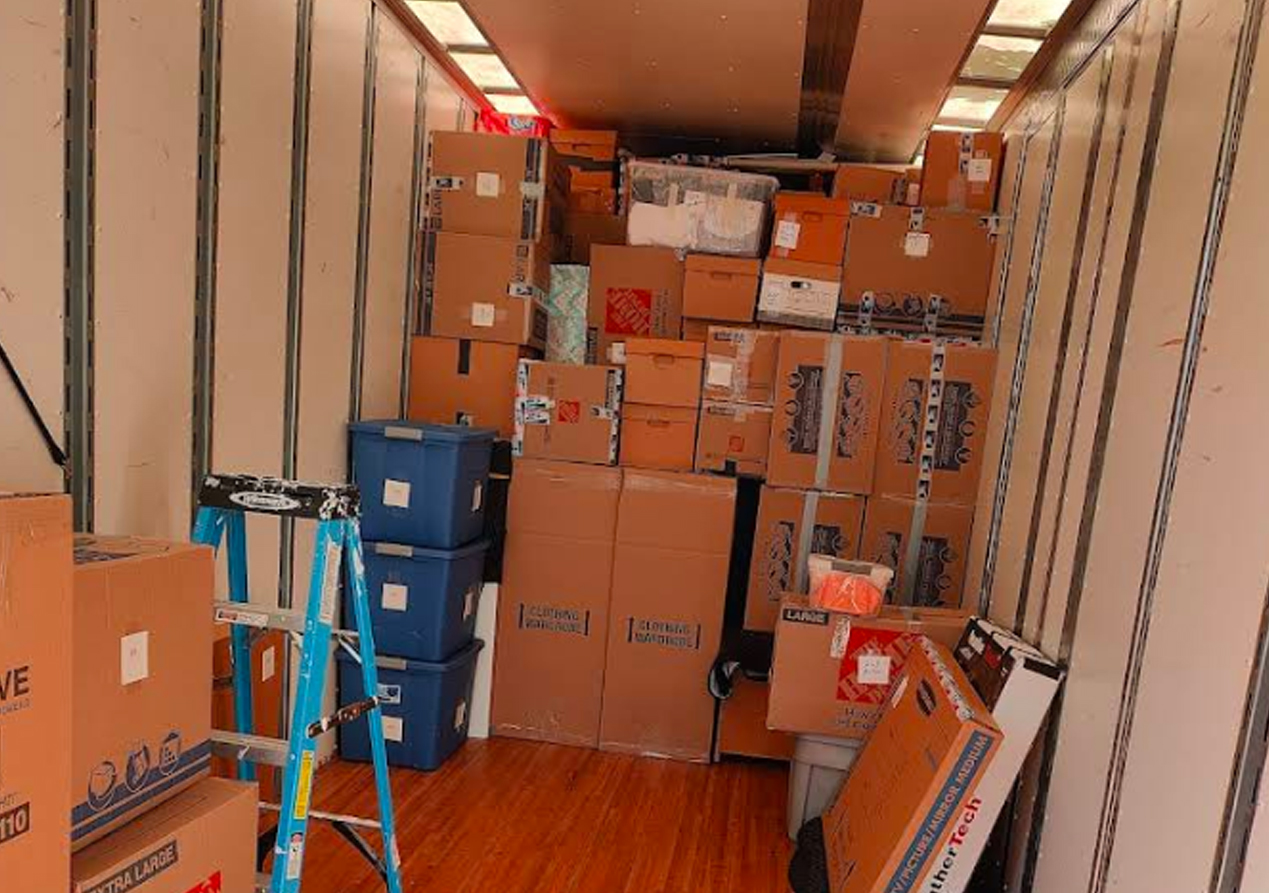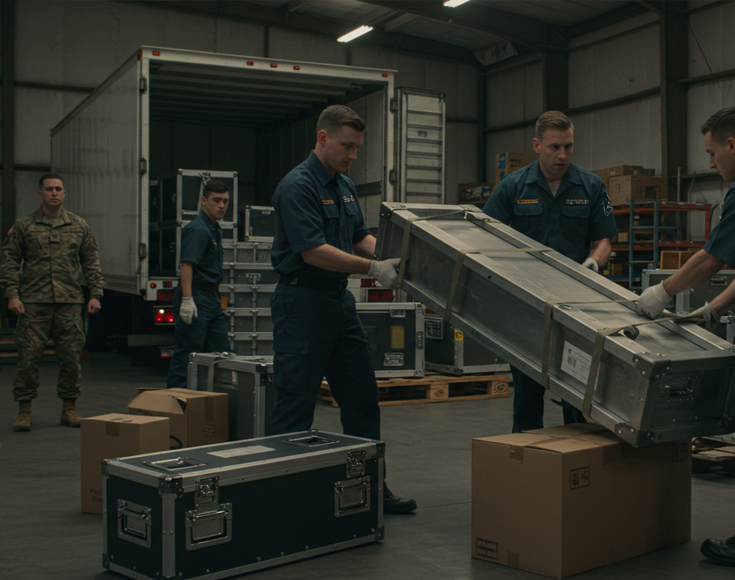You never know how much furniture you have until you need to move it. Suddenly, you are wondering how those three dressers and dining table will make it out the door, without a scratch. What’s the secret to a stress-free move? It’s organizing your furniture inventory before moving day. It will help you avoid damage and ensure nothing is left behind in the chaos. Before hiring Movers in NJ, you should have a strategy for your furniture inventory. In this blog, we will go over how to do it step by step.
Why Organizing Your Furniture Inventory is Important
Most people focus on packing boxes and overlook one essential step: recording what they are transporting. But organizing your furniture inventory beforehand may save you a headache later. Here’s why these matters:
- Avoid Surprises on Moving Day
The last thing you want is a moving truck that is too small. Or not enough movers to handle large items. An inventory ensures your moving team knows exactly what to expect. It allows things to go smoothly, without any last-minute panic.
- Get Accurate Moving Quotes
Moving costs are based on quantities, weight, and complexity. When you provide an inventory of furniture, moving companies may provide you with accurate pricing. It’s one of the effective strategies to stretch your money before hiring professional movers.
- Protect Yourself in Case of Loss or Damage
Accidents happen. If something is scratched, broken, or lost, your inventory becomes evidence for insurance claims. It’s a simple procedure that can protect dollars’ worth of furniture.
Step-by-Step Guide to Organizing Your Furniture Inventory
Step 1: Take a Room-by-Room Approach
The easiest and most effective way is to organize by room. This technique keeps everything manageable. It also prevents you from forgetting anything along the way.
Begin with the spaces you use the least. Start with guest rooms, basements, and formal dining rooms. These areas include furniture that isn’t used often. It makes them a great place to start. List down the big items, including couches, chairs, tables, beds, and dressers.
Be specific with your list. Instead of writing “table,” use “wood dining table – 6 ft, with 6 chairs.” Include brief comments on the item’s condition and any pieces that require disassembly.
Step 2: Use a Furniture Inventory Spreadsheet or App
Once you have started listing items per room, it’s time to categorize them digitally. You can choose a basic spreadsheet or a moving app. Keeping track of your furniture inventory in one location speeds up the process.
You may create a Google Sheet or Excel spreadsheet with columns like:
- Item Name
- Room Location
- Dimensions
- Condition
- Photo Link
- Notes (fragile, requires disassembly)
Sortly, Moving Organizer, and MoveAdvisor are some of the advanced options. These tools allow you to add images, barcodes, and notes to each item. You can sort them by room or category.
Step 3: Measure and Label Large Items
Large furniture pieces can cause trouble on moving day. That’s why measuring and labeling large items is crucial in organizing your furniture inventory.
Start by measuring the dimensions of big items, such as:
- Sofas and sectionals
- Bed frames and mattresses
- Dining tables
- Dressers and wardrobes
- Desks and shelving units
Take note of items that are heavy or fragile. Include this information in your inventory spreadsheet or app.
After measuring, label each item with stickers, masking tape, or printed tags. Marking things like “fragile,” “heavy,” or “disassemble first” can help your Movers in NJ understand how to handle every piece.
Also Read: Antique Moving: How to Pack Big, Delicate Items
Step 4: Categorize by Condition and Value
Some furniture is new and expensive, while others are worn but still useful. When building your inventory, it’s good to categorize each item based on its condition and value. This helps you make better decisions on what to move, insure, and leave behind.
Break down the condition into three categories:
- Excellent: As new or barely used. There is no obvious wear or damage.
- Good: Light wear and tear, but functional.
- Poor: Scratches, dents, or other damage that affects appearance or function.
Next, assign an approximate value to each item. You don’t have to be exact. Just provide an estimated amount based on the original price, age, and condition. Include receipts or appraisals you have for high-value items.
Step 5: Create Labels and Color Codes
Once you have documented your inventory, it’s time to make it move-day ready. This is where labeling and color coding happen. These techniques help you stay organized and efficient during your move.
Start by assigning a color to each room in your home. For example:
- Blue = Living Room
- Green = Kitchen
- Red = Bedroom
- Yellow = Office
Attach colored tape, stickers, or labels to each furniture item. This way, your movers know exactly where each thing goes.
Step 6: Separate Items for Donation, Sale, or Disposal
Moving is an opportunity to declutter. There’s no point in carrying furniture you no longer use or want. Set aside items that are not worth the time to relocate. This reduces your workload and saves you money when hiring Movers in NJ.
Create three categories:
- Donate: Used furniture that can benefit others. Consider local shelters, nonprofit organizations, or donation facilities. Many even provide pickup services.
- Sell: Use networks such as Facebook Marketplace and Craigslist. Some images and measurements from your inventory list can help you create listings in minutes.
- Dispose: Broken or unsalvageable items that are not worth transporting. Check with your city for bulk trash pickup or hire a junk removal service.
How Your Inventory Helps the Movers
When everything is organized, the movers know exactly what to do. They arrive equipped and ready to work efficiently.
Here’s how your inventory helps them:
- Right Equipment and Truck Size: Your movers can bring the right tools and a truck enough to carry all your furniture.
- Faster and Safer Loading: An inventory enables movers to organize their loading technique. This speeds up the process and reduces hazards.
- Less Stress and Fewer Surprises: When everything is labeled and organized, there is less chance of confusion or last-minute change.
A well-organized inventory allows movers in NJ to work more efficiently. It lowers the possibility of damage, which can save you time and money.
Need Help? Let the Professionals Handle It!
Organizing a furniture inventory requires time and work. But you don’t have to do it alone. Rite Move provides professional assistance from inventory management to packing and transportation. If you’re feeling overwhelmed, our experienced movers in NJ can walk you through every stage of your relocation. This includes organizing an effective furniture inventory. Let Rite Move handle the worry so you can enjoy your new space.






